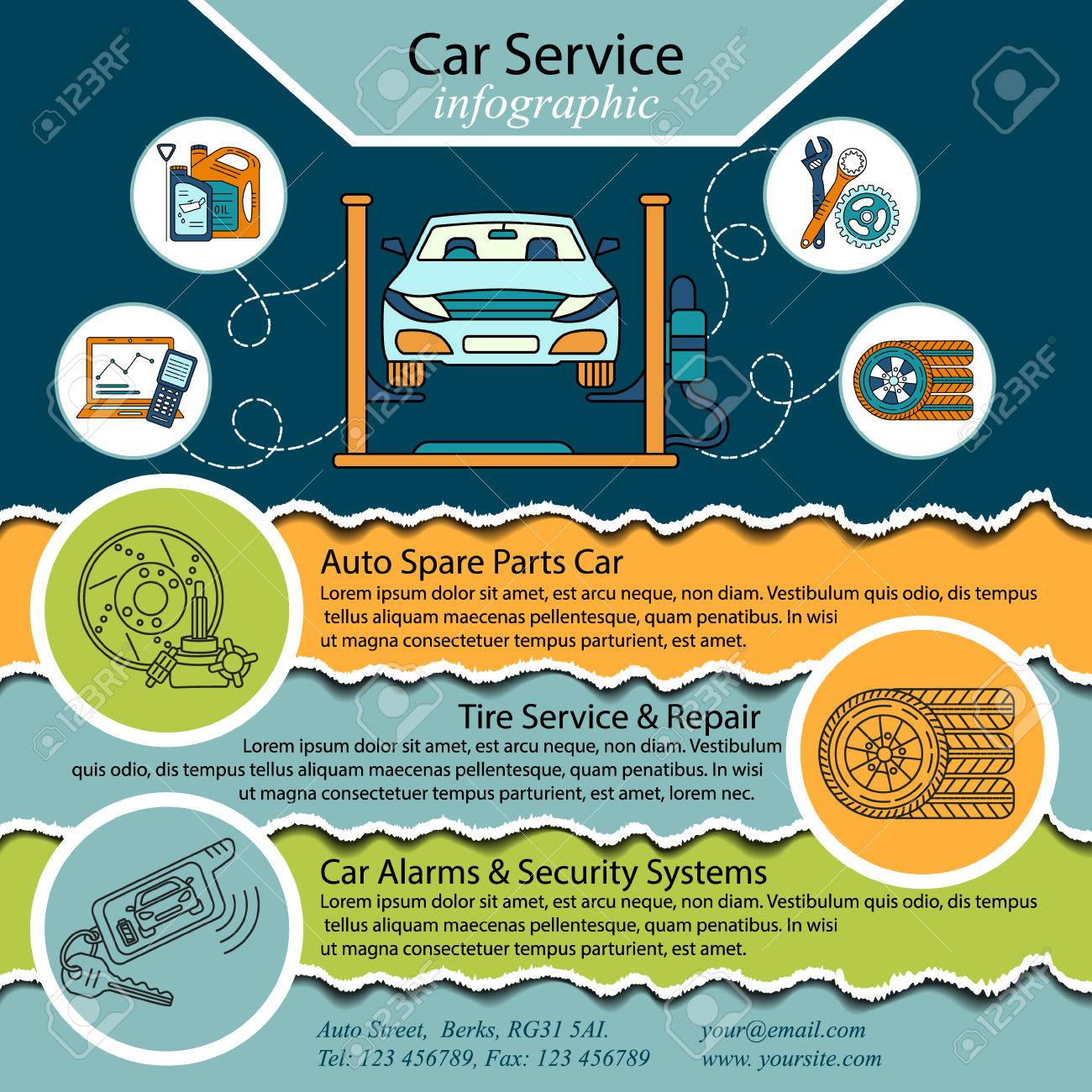Deciphering The Importance Of Your Automobile'S Warning Indicators
Deciphering The Importance Of Your Automobile'S Warning Indicators
Blog Article
Authored By-Kane Mendoza
When you lag the wheel, those radiant caution lights on your control panel can be a bit difficult. Do you understand what they're attempting to tell you concerning your automobile's health? Understanding the value of these lights is vital for your safety and security and the durability of your automobile. So, the following time among those lights appears, would not you intend to decipher its message properly and take the essential steps to address it?
Common Caution Lights and Interpretations
Identify typical caution lights in your automobile and comprehend their significances to guarantee risk-free driving.
The most regular warning lights consist of the check engine light, which signifies concerns with the engine or emissions system. If this light comes on, it's critical to have your car checked quickly.
The oil pressure cautioning light indicates low oil stress, needing prompt interest to prevent engine damage.
A blinking battery light might recommend a defective charging system, potentially leaving you stranded if not dealt with.
The tire stress surveillance system (TPMS) light notifies you to low tire stress, impacting car security and fuel effectiveness. Ignoring this could lead to hazardous driving problems.
The abdominal muscle light indicates a trouble with the anti-lock braking system, compromising your capacity to stop rapidly in emergency situations.
Lastly, the coolant temperature warning light warns of engine overheating, which can lead to serious damages if not fixed swiftly.
Recognizing these usual caution lights will aid you address problems without delay and preserve secure driving conditions.
Relevance of Prompt Focus
Recognizing the common caution lights in your auto is just the very first step; the importance of without delay addressing these cautions can't be stressed sufficient to ensure your security when driving.
When a warning light brightens on your control panel, it's your cars and truck's means of connecting a potential issue that requires attention. Disregarding these cautions can cause extra serious troubles down the road, endangering your security and potentially costing you more in repairs.
Prompt focus to cautioning lights can protect against failures and crashes. For example, a blinking check engine light might suggest a misfire that, if left neglected, could create damage to the catalytic converter. Addressing this promptly can conserve you from a pricey fixing.
In a similar way, a brake system alerting light might signal reduced brake fluid or worn brake pads, critical parts for your safety when driving.
DIY Troubleshooting Tips
If you observe a warning light on your dashboard, there are a few DIY troubleshooting tips you can try before seeking expert help.
The primary step is to consult your automobile's manual to comprehend what the specific warning light indicates. Sometimes the problem can be as straightforward as a loosened gas cap activating the check engine light. Tightening mouse click the next site might deal with the trouble.
https://landenrmgbv.techionblog.com/27738251/master-the-art-of-altering-your-auto-s-oil-with-ease-and-conserve-money-in-the-process-learn-exactly-how-in-this-detailed-overview is a low battery, which can set off various warning lights. Examining the battery links for deterioration and guaranteeing they're secure might fix the trouble.
If a caution light lingers, you can attempt resetting it by disconnecting the cars and truck's battery for a couple of mins and then reconnecting it. Additionally, checking your vehicle's liquid degrees, such as oil, coolant, and brake liquid, can assist fix cautioning lights associated with these systems.
Verdict
Finally, comprehending your vehicle's caution lights is essential for maintaining your car running efficiently and safely. By promptly resolving these alerts and understanding what they suggest, you can stay clear of costly fixings and prospective failures.
Bear in mind to consult your car's handbook for specific information on each alerting light and take action accordingly to guarantee a hassle-free driving experience.
Keep informed, stay mechanic shops on the road!
